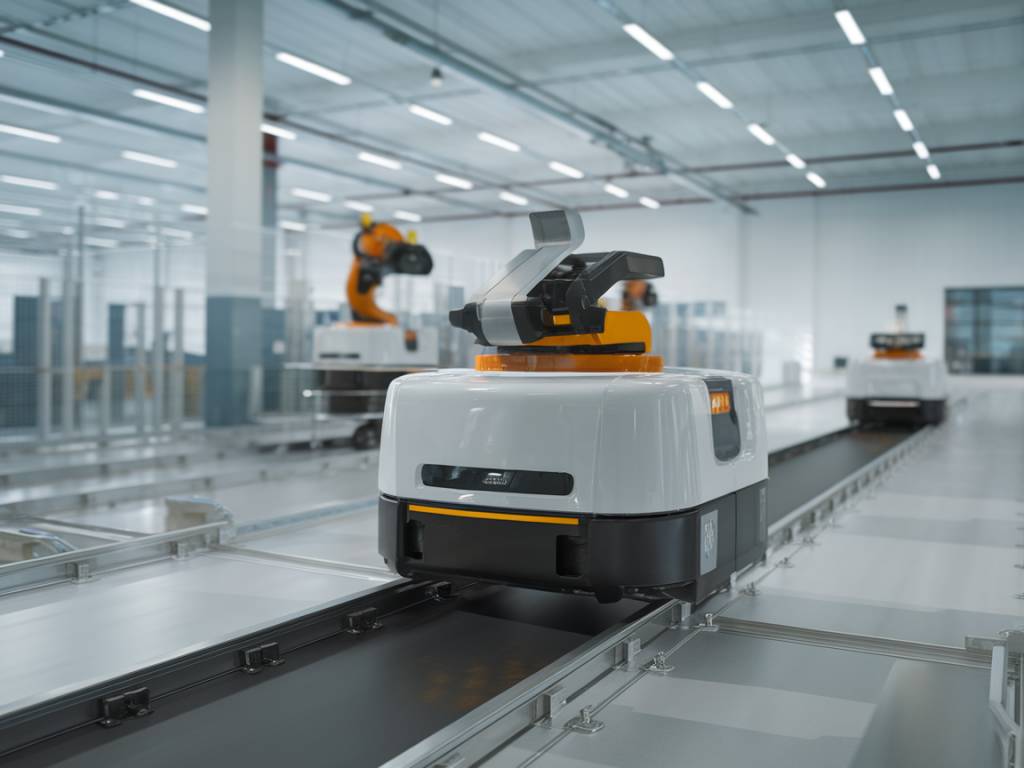Exploring the World of Robot AGV Systems in Modern Industry
In the bustling realm of modern industry, innovation is the heartbeat that keeps businesses thriving. One of the most intriguing advancements making waves today is the introduction of Automated Guided Vehicle (AGV) systems. But what exactly are these robot AGVs, and why are they rapidly becoming indispensable in various industries?
The Anatomy of Robot AGV Systems
To understand the importance of AGVs, we first need to break down their components. Essentially, an AGV is a mobile robot that follows markers or wires in the floor or uses vision, magnets, or lasers for navigation. Unlike traditional forklifts or conveyors, AGVs offer flexibility, adaptability, and efficiency that are hard to rival.
How AGVs are Revolutionizing Industries
Industries globally are experiencing a paradigm shift with the integration of AGVs. These robots are not just transforming warehouses; their impact stretches across production, logistics, and even service sectors. Consider a bustling car manufacturing plant. An AGV tirelessly transports components from one station to another, ensuring timely assembly without a lunch break, shift change, or coffee spill on its circuit board!
Key Benefits of Implementing AGVs
What makes AGVs a game-changer in the modern industry? Let’s delve into some of the primary advantages:
- Increased Efficiency: AGVs work around the clock, reducing downtime and maintaining a steady workflow.
- Cost Savings: While the initial investment may be substantial, the reduction in labor costs and increased productivity can lead to significant savings over time.
- Enhanced Safety: Unlike traditional human-driven vehicles, AGVs are equipped with sensors and emergency stops to prevent accidents.
- Scalability: As businesses grow, AGVs can be programmed to scale operations without extensive overhaul costs.
Real-World Examples and Innovations
To bring theory into practice, let’s explore some real-world examples. Amazon’s warehouses, for instance, are renowned for deploying thousands of AGVs to manage inventory efficiently. These robots are programmed to navigate intricate warehouse layouts, fetch items, and even handle packaging tasks. Their presence has redefined how e-commerce giants operate, ensuring customers get their packages faster than ever before.
Challenges and Considerations
Of course, integrating AGVs is not without challenges. Companies need to consider the existing infrastructure and the compatibility of AGV technology with their current systems. Additionally, while AGVs reduce human labor in repetitive tasks, they also necessitate a skilled workforce to manage and maintain the robotic fleet. It’s a delicate balance between automation and human expertise.
Looking Ahead: The Future of AGVs
As technology rapidly advances, the future potential of AGVs is boundless. Imagine AGVs equipped with artificial intelligence capable of making complex decisions or collaborating directly with humans for intricate tasks. The possibilities are as exciting as they are endless, poised to shape the industries of tomorrow.
In conclusion, as industries continue to evolve, the rise of AGVs reflects a broader trend toward automation and smart technology integration. Businesses willing to embrace these changes may find themselves at the forefront of industry innovation. So, next time you encounter an AGV in a warehouse or factory, remember – you’re not just seeing a robot; you’re witnessing the future of industry.

